Best Seasons for Foundation Repairs
Foundation repairs are most effective when performed during specific seasons that minimize soil movement and weather-related challenges. Optimal times are generally during moderate temperatures and dry conditions, which help ensure proper curing and adhesion of repair materials. Recognizing these seasonal advantages can lead to more durable and lasting foundation solutions.
Spring offers moderate temperatures and increased daylight, making it suitable for foundation repairs. However, increased rainfall can cause soil movement, so timing within spring is crucial.
Summer provides warm, dry weather ideal for many repair processes. Care must be taken to avoid extreme heat, which can affect curing times.
Fall typically features cooler temperatures and less moisture, creating favorable conditions for foundation work before winter.
Winter is generally less suitable due to freezing temperatures and potential snow or ice, which can hinder repair efforts and material effectiveness.
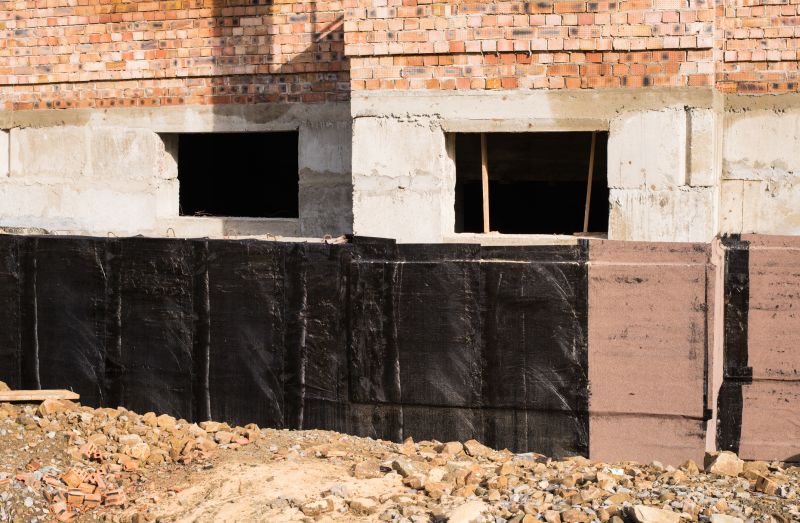
Springtime allows for effective repairs with proper planning around weather patterns.

Warm weather facilitates curing and material application for durable repairs.
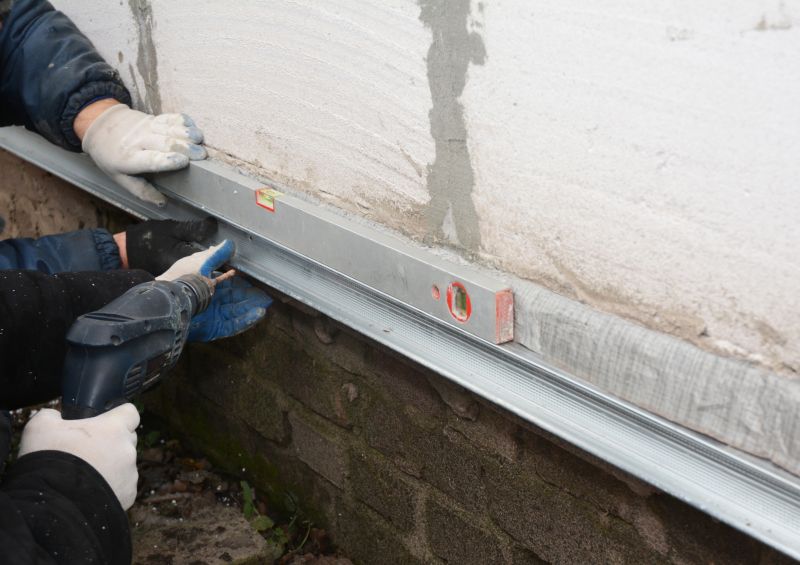
Cooler fall conditions help prepare foundations for winter stability.
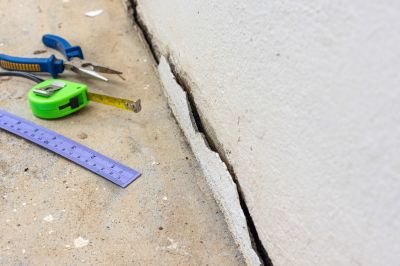
Ways to make Foundation Repairs work in tight or awkward layouts.
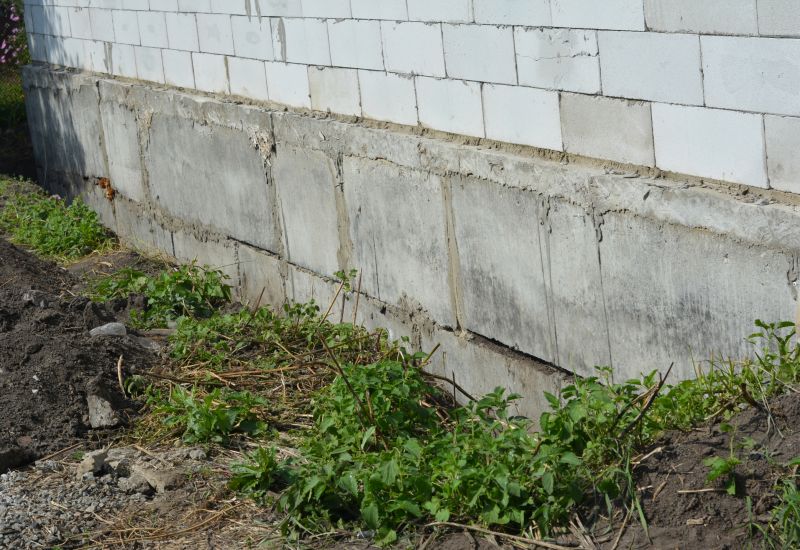
Popular materials for Foundation Repairs and why they hold up over time.
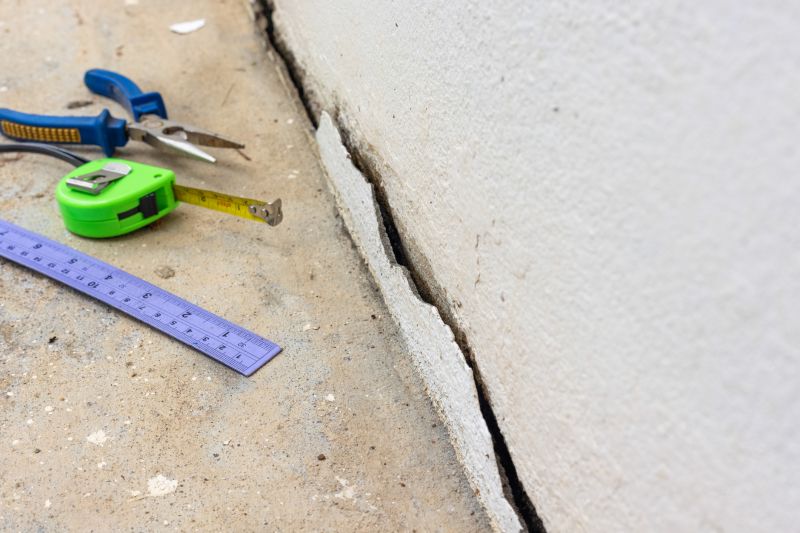
Simple add-ons that improve Foundation Repairs without blowing the budget.
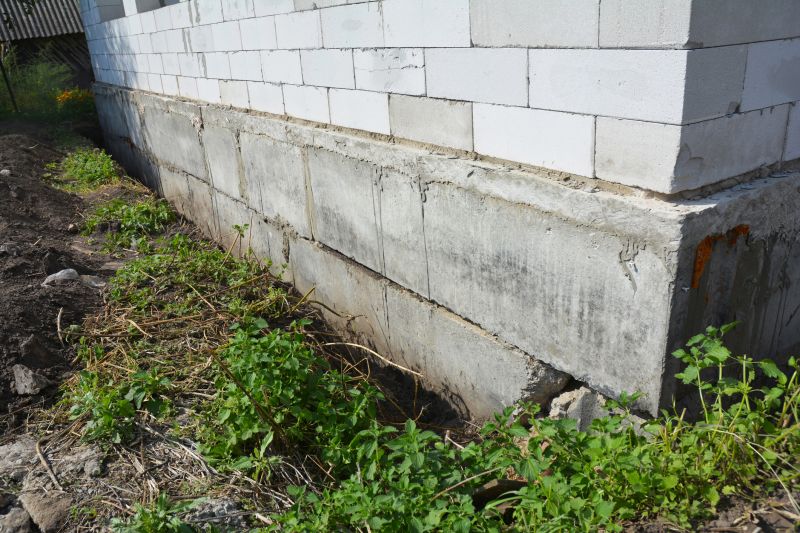
High-end options that actually feel worth it for Foundation Repairs.
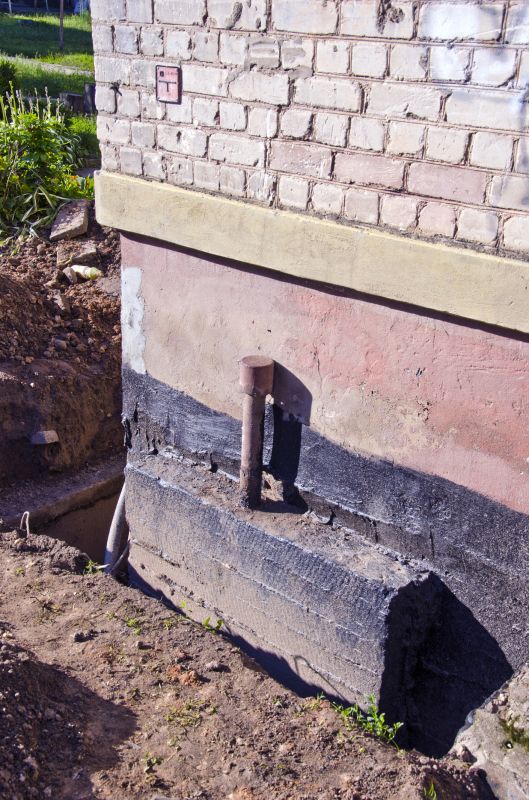
Finishes and colors that play nicely with Foundation Repairs.
Foundation repairs are essential for maintaining the structural integrity of a building. They address issues like settling, cracking, and shifting caused by soil movement, moisture changes, or poor initial construction. Timely repairs can prevent further damage, reduce long-term costs, and enhance safety. Understanding seasonal conditions helps determine the best window for effective intervention, ensuring the longevity of the foundation and the safety of the structure.
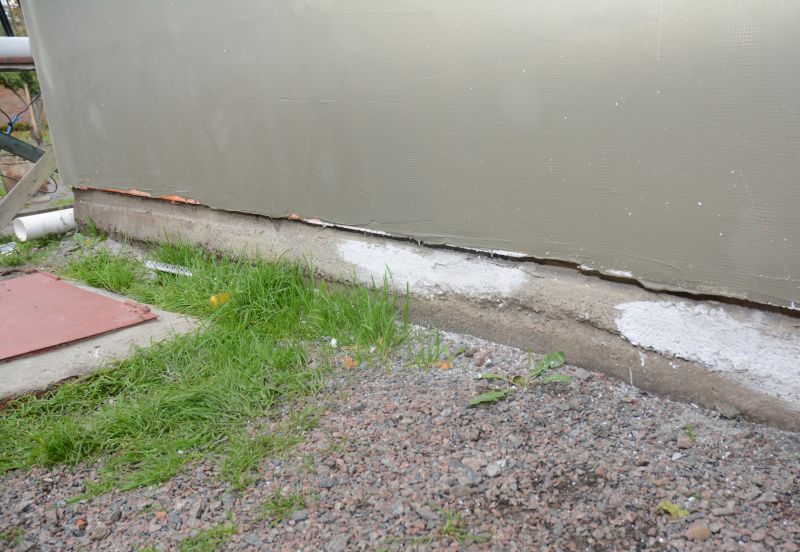
Visible cracks and uneven floors indicate foundation issues.
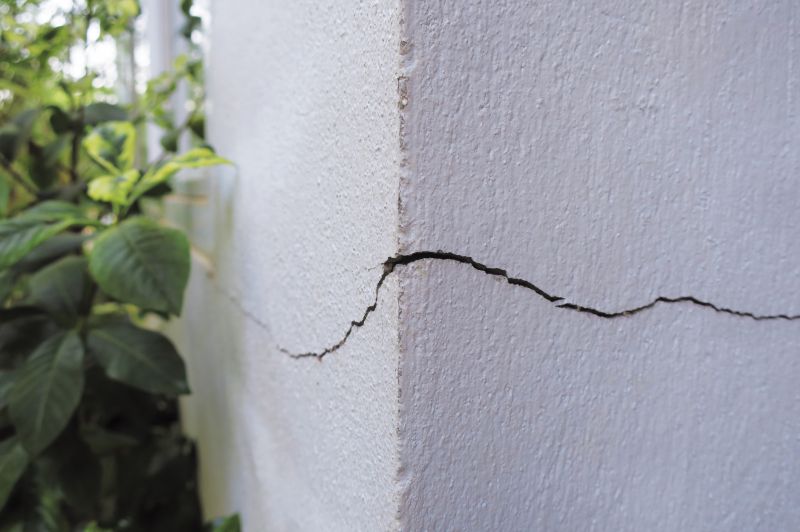
Injection, underpinning, and stabilization techniques restore structural integrity.

Repaired foundations show improved stability and appearance.
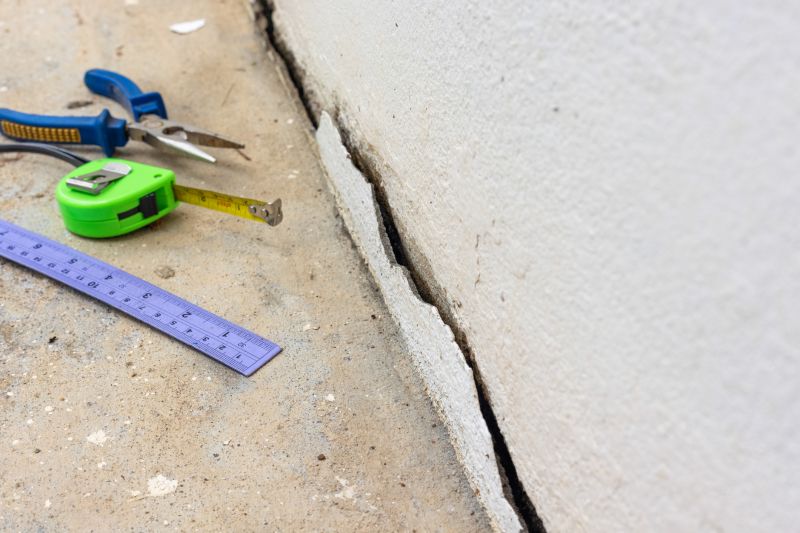
Regular inspections help identify repair needs early.
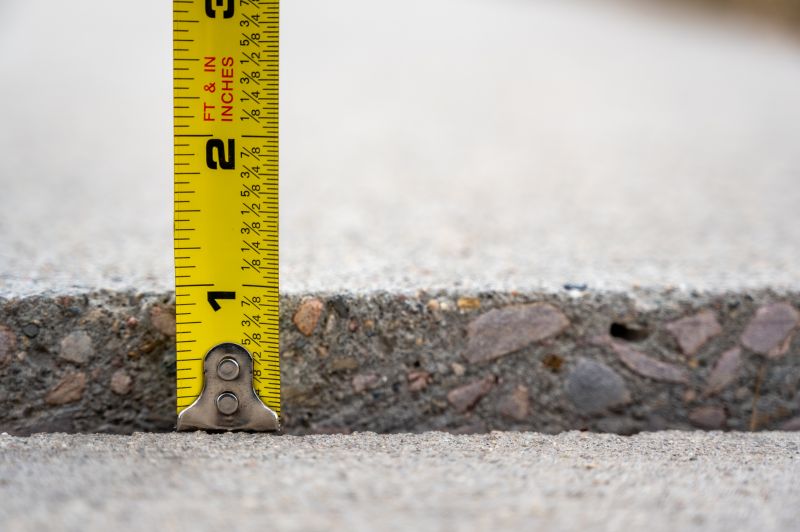
Little measurements that prevent headaches on Foundation Repairs day.

A 60-second routine that keeps Foundation Repairs looking new.

A frequent mistake in Foundation Repairs and how to dodge it.
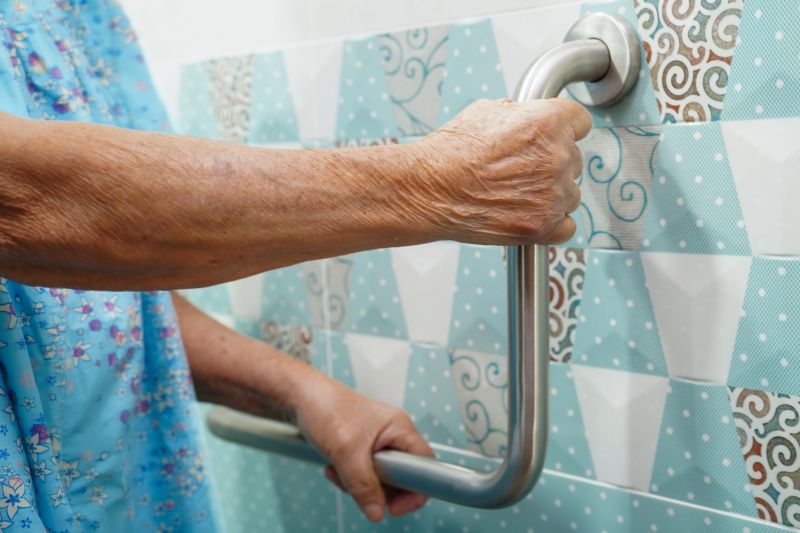
Small tweaks to make Foundation Repairs safer and easier to use.
| Season | Ideal Conditions |
|---|---|
| Spring | Moderate temperatures with manageable rainfall |
| Summer | Warm, dry weather with stable soil conditions |
| Fall | Cooler temperatures with less moisture |
| Winter | Freezing temperatures and snow make repairs challenging |

